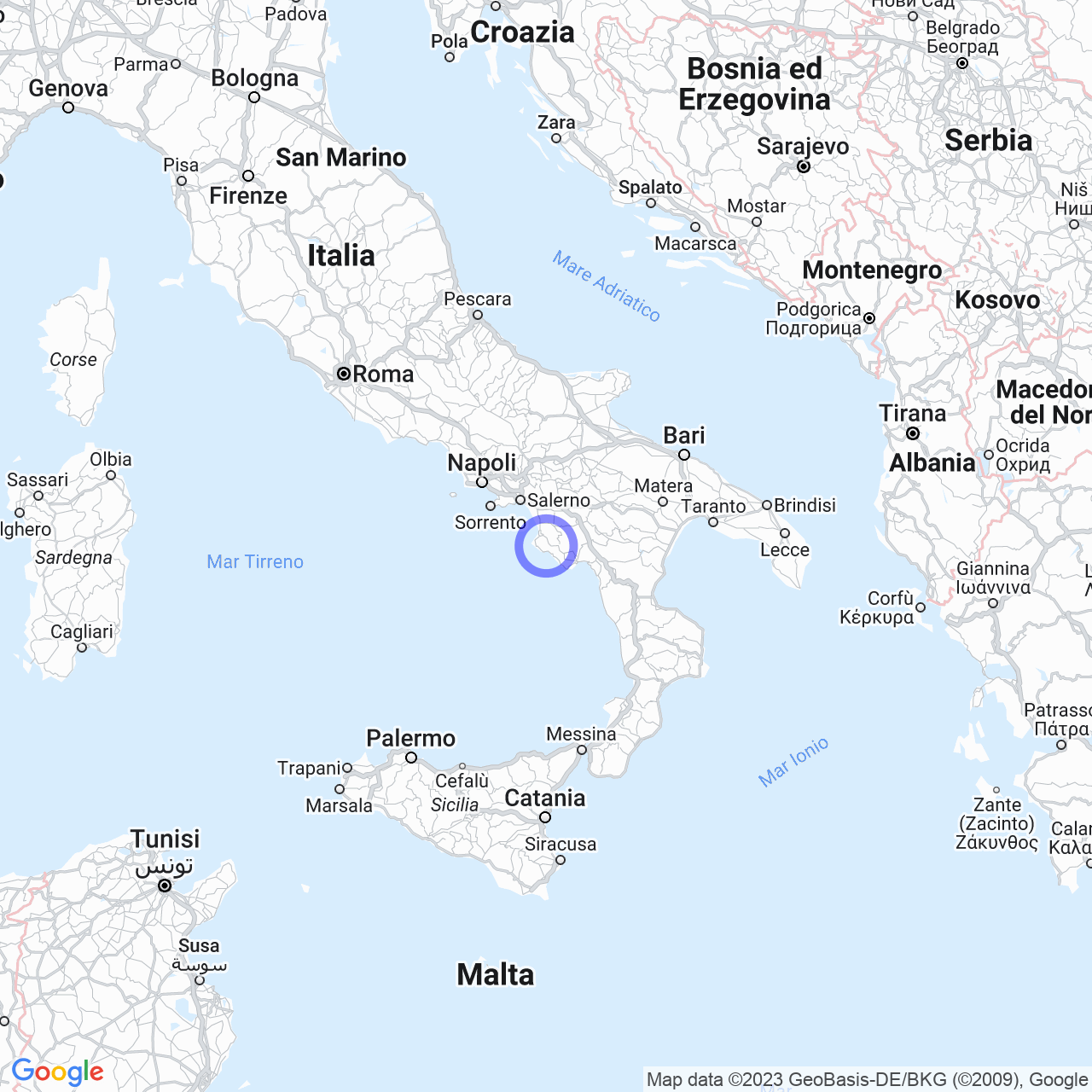Stella Cilento
Cilento: A Hidden Treasure
Are you ready to discover an enchanting place? Here's the Cilento, a territorial area in the southern Campania province of Salerno. The Cilento is a magical, fascinating place rich in history. Let me take you on a journey to discover its wonders and secrets.
History of Cilento
Cilento has a millenary history. During Roman times, it was part of Lucania, but in the Middle Ages, it belonged to the Principality Citeriore, also known as "Western Lucania," belonging to Salerno. The name Cilento, from the Latin "cis-Alentum," meaning "on this side of the Alento River," first appeared in 994 AD. Cilento played an important role in the Middle Ages and was contested by numerous families, including the Sanseverino (princes of Salerno), who kept Cilento until 1552.

Cilento in Greek and Roman Mythology
Cilento has inspired many myths and legends, especially in Greek and Roman mythology. One of the famous myths is the island of the sirens in the Odyssey and the Aeneid. Odysseus had himself tied to the mast to listen to their songs that drove sailors mad. Another important myth is that of Palinurus (Aeneid), the helmsman of Aeneas. When he fell into the sea, he clung to the wreckage for three days, but was killed by the inhabitants of that area. Since then, that promontory was named Cape Palinuro. Another significant myth is that of Jason and the Argonauts who stopped at the sanctuary of the goddess Hera at the mouth of the Sele River (the current Heraion at the mouth of the Sele).
From Prehistory to Great Greek Philosophers in Cilento
Cilento has been inhabited for at least half a million years, with traces of the presence of archaic humans evident from the Middle Paleolithic to the Neolithic and the Bronze Age. Here the remains of hominids were initially classified as a new species, Homo camaerotensis. In addition, stone industry materials were discovered in Palinuro, Paleolithic remains in Castelcivita caves, and funerary objects from the Neolithic age of the local Gaudo civilization in Capaccio and Paestum.
Art and Culture in Cilento
Cilento is rich in art and culture, starting with the San Lorenzo Cenobio in Padula, one of the largest architectural complexes in southern Italy. Here is the large library (120 meters of shelves), a monumental cloister, a church, and a convent. In Palinuro, there is the tower that hosts the National Archaeological Museum of the Promontory of Palinuro, with the remains of Roman ships sunk offshore. In Paestum, there are its three magnificent temples.
Cilento National Park
Cilento is one of the most beautiful and unspoiled natural areas in Italy, and partly included in the Cilento, Vallo di Diano and Alburni National Park. Here you can take walks on naturalistic paths, visit lakes and rivers, go cycling and trekking.
Cilentan Gastronomy
Cilentan cuisine is a delight for the palate. You can taste the famous Controne beans, Cilento pork meats, Prignano Cilento asparagus, local fish, and lamb-based dishes. Among the desserts, there are Babà al Cilento, ricci, fusilli, and casatiello.
Cilento offers a perfect combination of history, art, culture, nature, and gastronomy. Here, the wild beauty of the coast meets the magnificence of ancient architecture and artworks, while the flavors of tradition blend with seductive landscapes. I invite you to travel to this wonderful land to discover its hidden treasures and satisfy your spirit and palate.
